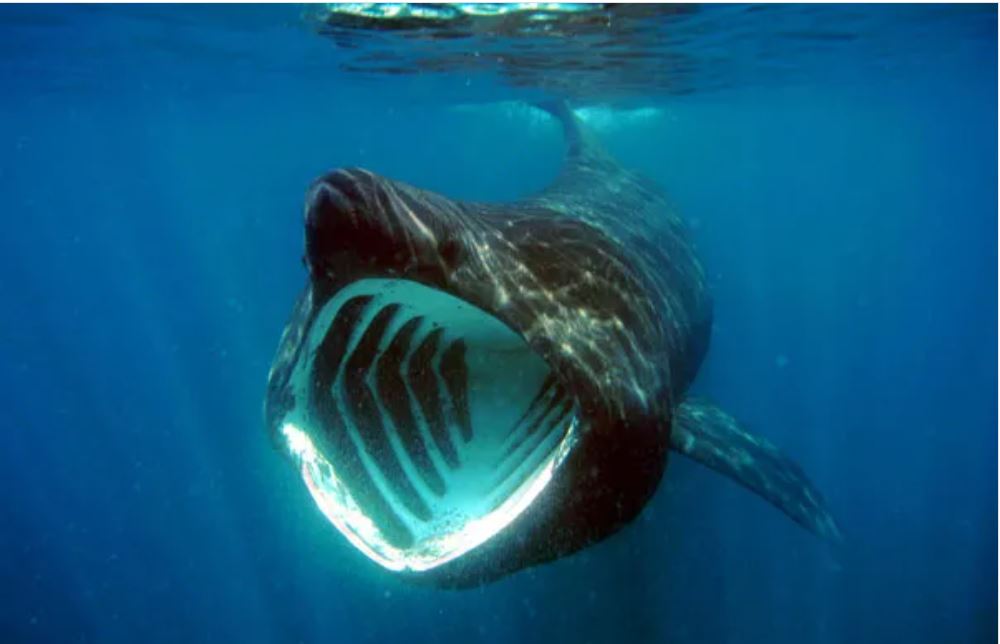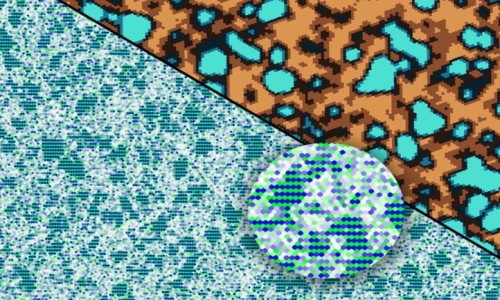


 2:40:44
2:40:44  2023-10-31
2023-10-31  1462
1462

Any shark lover knows that not all sharks are fierce predators with a mouth full of teeth. The whale shark, the largest shark, feeds on millions of tiny plankton in massive gulps, and is a favorite species recognizable by most. But the elusive megamouth? Mention this behemoth and you’ll likely be met with blank stares. This filter feeding shark isn’t even well known among marine biologists. In fact, shark scientists know very little about the basic biology of megamouth sharks.
How is it that we know so little about the third largest shark in the world? Megamouth sharks live far offshore and likely spend much of their time deep underwater. Just over 100 megamouth shark sightings have been recorded since their discovery and many of these were the result of entanglement in fishing gear. A few specimens, like the one newly acquired by the Smithsonian National Museum of Natural History, are preserved in museums and institutions and are the basis for a lot of what we know about them.
It was only relatively recently that scientists became aware of this large shark. In 1976, an odd-looking creature became entangled with a Navy research vessel’s anchor off the coast of Hawaii. With a wide, gaping mouth, prominent eyes, and tadpole-like body shape, this goofy looking catch baffled the crew, since its appearance was very different from the typical shark. Due to its expansive mouth, the shark was named the megamouth.
We now know that the goofy appearance is partly due to how the shark feeds. Instead of relying on teeth, megamouths are filter feeders, meaning they sift out small plankton (like krill) from the water. Including the megamouth, there are three species of filter feeding sharks—the whale shark and the basking shark round out the bunch. But despite sharing a similar feeding strategy, the three are not closely related and it is likely that they each evolved filter feeding independently. Basking sharks collect plankton by expanding their mouth wide open and swimming through the water at a continuous pace, a method called “ram feeding,” while whale sharks primarily capture food in bursts by quickly expanding their jaws and inhaling amid a cloud of plankton. In both feeding strategies water continuously flows out the gills.
The megamouth’s strategy, however, is still a mystery—no one has ever seen them feeding. Initially thought to feed like basking sharks, a study of their anatomy revealed weak jaw muscles that wouldn’t be able to sustain an expanded jaw. The study also concluded they have soft fins ill-suited for swimming at speeds necessary for trapping krill and restricted gill openings that wouldn’t allow enough water to flow out of its mouth while moving.
And to feed like whale sharks—with a sharp inhale that sucks in water in the immediate area— requires stiff jaw cartilage to quickly open the mouth. Megamouth’s don’t have cartilage stiff enough to create such force. They can, however, expand their mouth to an enormous size, even compared to the other filter feeding sharks. While the basking shark’s mouth is about 17 percent of its entire body length, the megamouth’s is roughly 28 percent of its body length.
This allows them to consume close to 150 gallons of water in one gulp—the amount of water held by two standard bath tubs.
While other sharks may not feed in a comparable way, that does not mean it is completely novel in the marine world. To understand megamouth feeding may require looking beyond sharks to another large finned creature—baleen whales. Species like blue and humpback whales engulf their prey in gigantic gulps and then slowly sift the water back out through their baleen. It’s possible megamouths do something similar, engulfing their prey and then slowly releasing the water out through their gills.
For now, the life of the megamouth remains a mystery. In the absence of an observation of the megamouth feeding, scientists turn to the next best thing. In this case, that includes comparing the anatomy of the available specimens to the anatomy of other filter feeders. Until that million-dollar shot, we can only imagine and revel in the knowledge that a massive shark still leaves us stumped.
Reality Of Islam |
|

A tiny robo

By applying

Stanford, C

A new study
 9:3:43
9:3:43
 2018-11-05
2018-11-05
10 benefits of Marriage in Islam
 7:5:22
7:5:22
 2019-04-08
2019-04-08
benefits of reciting surat yunus, hud &
 9:45:7
9:45:7
 2018-12-24
2018-12-24
advantages & disadvantages of divorce
 11:35:12
11:35:12
 2018-06-10
2018-06-10
 6:0:51
6:0:51
 2018-10-16
2018-10-16
 4:25:57
4:25:57
 2023-02-11
2023-02-11
 4:26:43
4:26:43
 2022-02-21
2022-02-21
 8:21:9
8:21:9
 2018-06-21
2018-06-21
 7:32:24
7:32:24
 2022-02-14
2022-02-14
 8:39:51
8:39:51
 2022-09-23
2022-09-23
 7:59:14
7:59:14
 2018-06-21
2018-06-21
 2:42:26
2:42:26
 2023-02-02
2023-02-02
 5:41:46
5:41:46
 2023-03-18
2023-03-18
| LATEST |